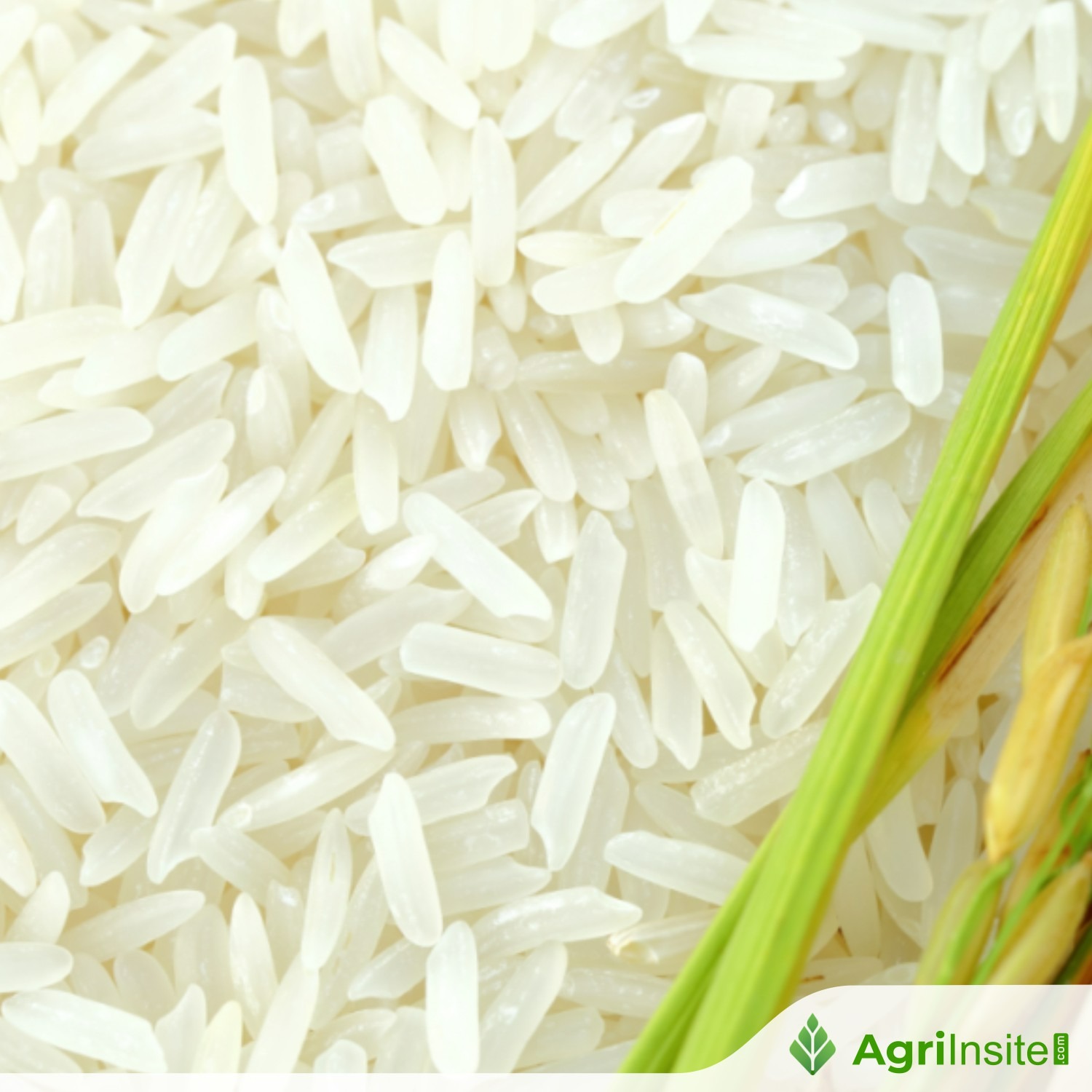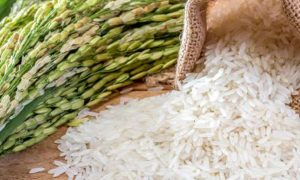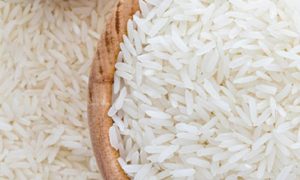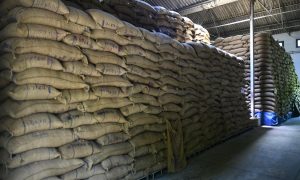Zimbabwe’s rice demand projected to surge by 2030: Farmers encouraged to adopt new high-yield varieties

Zimbabwe’s rice demand is projected to reach 283,440 tonnes by 2030, up from current levels driven by 16 kg per capita consumption. The crop’s gross value could soar from US$788,000 in 2025 to US$111.7 million by 2030. New NERICA rice varieties promise higher yields and lower input needs, boosting local production.
Farmers could reap rewards from growing rice as demand is projected to reach 283 440 tonnes by 2030, driven by a current per capita consumption of 16 kg.
Experts suggest promoting local seed multiplication, expanding input financing, enhancing post-harvest technologies and boosting consumer awareness through branding and nutrition-sensitive campaigns could result in more farmers turning to rice farming.
According to the Agriculture Food Systems and Rural Transformation Strategy (2024-2030), the projected gross value of rice is expected to jump from US$788 000 in 2025 to US$111 675 360 by 2030.
This growth is largely driven by shifting consumer preferences, particularly among the increasingly urban youth population, who view rice as a staple alongside maize, wheat and traditional grains.
However, despite this rising demand, the rice value chain faces several challenges. The areas suitable for rice production are limited, primarily due to ecological factors that favour heavier soils in high rainfall areas or regions with high moisture retention.
While the introduction of the NERICA rice variety in 2004 has addressed seed unavailability issues, several hurdles remain.
“The area under rice will continue to be limited by seed unavailability, poor irrigation development, tedious harvesting and processing techniques, high fertiliser costs, and low yields,” read the report.
Additionally, marketing remains fragmented, characterised by weak market linkages, price volatility and a dominating presence of imports.
Yet, there are significant opportunities to strengthen the value chain.
The increase in rice consumption in Zimbabwe has been staggering, with consumers now eating 12 times more rice than they did a decade ago. This has seen consumption has rise from 10 000 tonnes a year to 120 000 tonnes.
Currently, Zimbabwe averages about 10 000 tonnes per month. Similarly, potato consumption is on the rise, with an estimated annual production of over 500 000 tonnes, translating to approximately 41 667 tonnes per month.
While potatoes and rice are classified as strategic starch crops, they are often overlooked as alternatives to maize and traditional grains.
NERICA rice, developed by crossing African rice species that are resistant to disease and drought with high-yield Asian varieties, has already proven successful in West Africa.
Recently, the Agricultural Research and Innovation Services Department under the Ministry of Lands, Agriculture, Fisheries, Water and Rural Development released three new rice varieties that are suitable for farmers with limited irrigation facilities.
The varieties, Nerica 1, Nerica 3 and Nerica 7, are high-yielding while they require low inputs, making them an attractive option for farmers.
Rice breeder, Mrs Nomsa Chizhande, recently said increasing local production was aimed at reducing the country’s reliance on imports.
“We are promoting rice production to close the gap between production and consumption. The new varieties have been engineered to mature at different times, allowing farmers to choose the best option for their needs. Nerica 7, a long-season maturing variety, takes 135 days to mature and yields up to seven tonnes per hectare. Nerica 3, a medium-maturing variety, takes 120 days to mature and yields up to five tonnes per hectare. Nerica 1, a short-season maturing variety, takes 100 days to mature and yields between three and four tonnes per hectare,” she said.
One of the key benefits of the new varieties is their ability to thrive in upland conditions, making them suitable for farmers in areas with limited irrigation facilities.
Mrs Chizhande said the varieties have lower input requirements, with only 200 kg per hectare of basal fertiliser and 150 kg of Ammonium Nitrate (AN) required per hectare.
To Read more about Rice News continue reading Agriinsite.com
Source : The Herald















